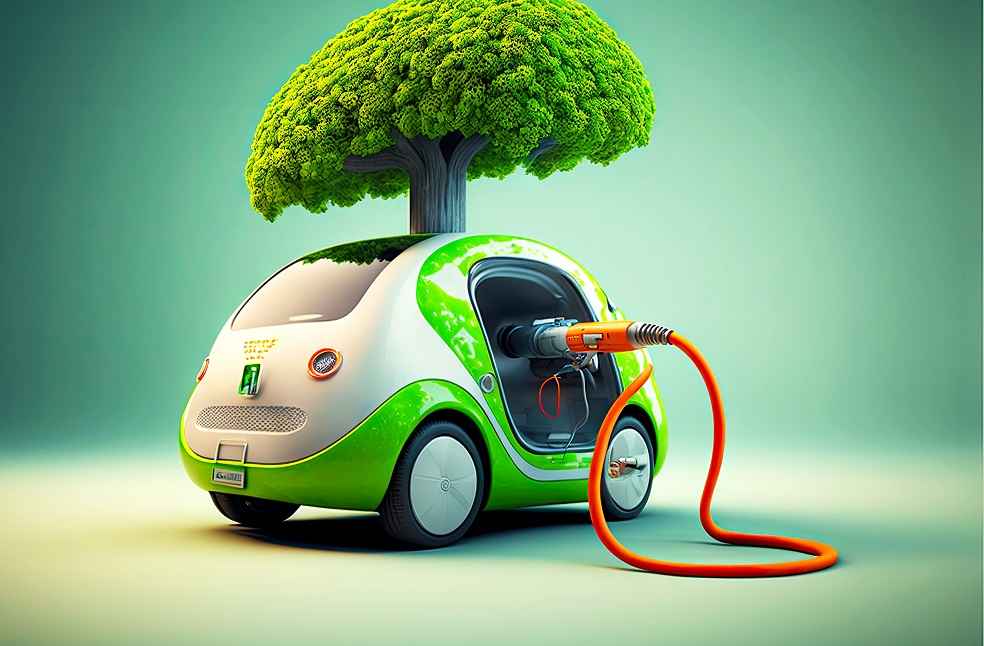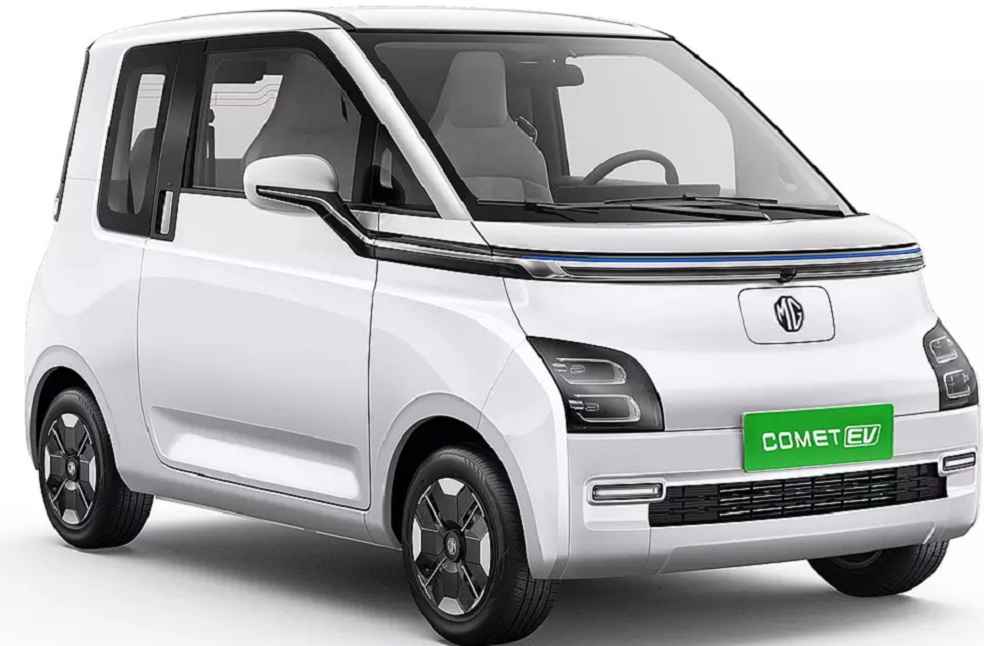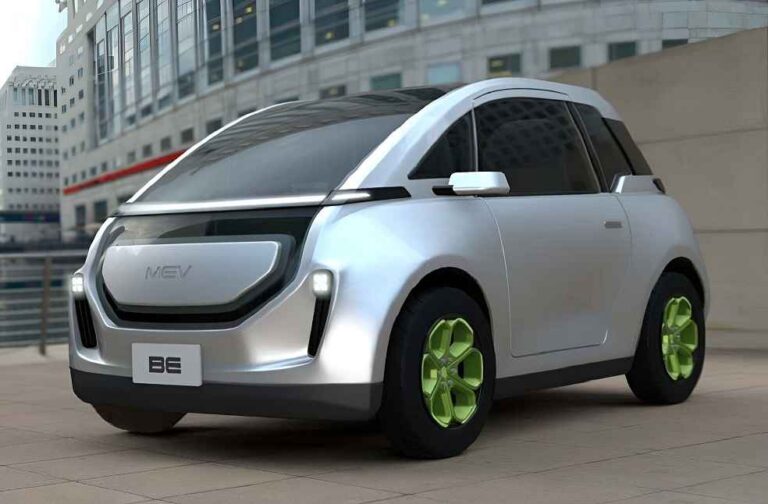The Global Small Electric Vehicles Market (SEVs) is witnessing significant growth, indicating a global shift towards sustainable transportation. Valued at $16.5 billion in 2023, the SEV market is projected to reach $68.65 billion by 2030, growing at a compound annual growth rate (CAGR) of 22.59%. This growth is driven by increasing environmental awareness, government incentives, and technological advancements in electric vehicles.
The broader electric vehicle market is also on the rise, with over 10 million electric vehicles sold globally in 2022. By 2030, projections suggest there will be nearly 250 million electric vehicles on the road, accounting for more than 35% of all vehicle sales. By 2050, the Net Zero Emissions scenario predicts global EV sales could constitute up to 60% of all vehicles, with an estimated 380 million electric vehicles in use.
Small electric vehicles, powered by electric motors using batteries or solar panels, are ideal for urban environments and light commercial use. The front-wheel drive segment, noted for its cost-effectiveness, is expected to lead market growth.

However, challenges such as limited charging infrastructure for light commercial vehicles persist, though investments in EV infrastructure are growing. Generous government subsidies and stricter emissions regulations continue to encourage individuals and businesses to switch to electric vehicles.
Key players in the small electric vehicles market include Tesla, Inc., Mercedes-Benz, Volkswagen, Renault S.A., and General Motors. As manufacturers innovate, the market is set to grow with safer, more efficient models that appeal to a broader audience while reducing transportation’s environmental impact.
SEV Potential in India:
In countries like India, small electric vehicles hold significant potential due to rapid urbanization, environmental awareness, government incentives, and rising fuel prices.
- Urban Mobility Solution: Compact small electric cars are suitable for congested urban areas, offering better maneuverability and easier parking—vital in densely populated cities.
- Affordability: These cars generally cost less compared to larger EVs. Government incentives and subsidies further reduce the initial purchase cost, making them accessible to middle-income consumers.
- Cost Efficiency: With lower running costs than gasoline-powered vehicles, small electric cars save on fuel, maintenance, and taxes, attracting cost-conscious buyers.
- Government Support: Initiatives like the Indian government’s FAME scheme boost EV adoption by providing subsidies and tax rebates.

- Environmental Impact: Small electric vehicles can play a key role in reducing air pollution in cities, contributing to improved urban air quality.
- Infrastructure Improvements: Despite limitations in charging infrastructure, public charging facilities are growing, and smaller batteries reduce charging time, alleviating range concerns.
- Market Growth and Innovation: Manufacturers like Tata Motors, MG, and Mahindra are expanding their electric vehicle offerings in India, making small EVs more accessible.
- Energy Independence: Increased adoption of electric cars can reduce reliance on imported fossil fuels, enhancing economic stability.
Yes, small electric vehicles offer a promising solution to urban transportation challenges in markets like India. With affordability, incentives, environmental benefits, and improving infrastructure, SEVs have substantial growth potential.
TRENDING | Smart Glass Windows: Revolutionizing the Future of Driving





